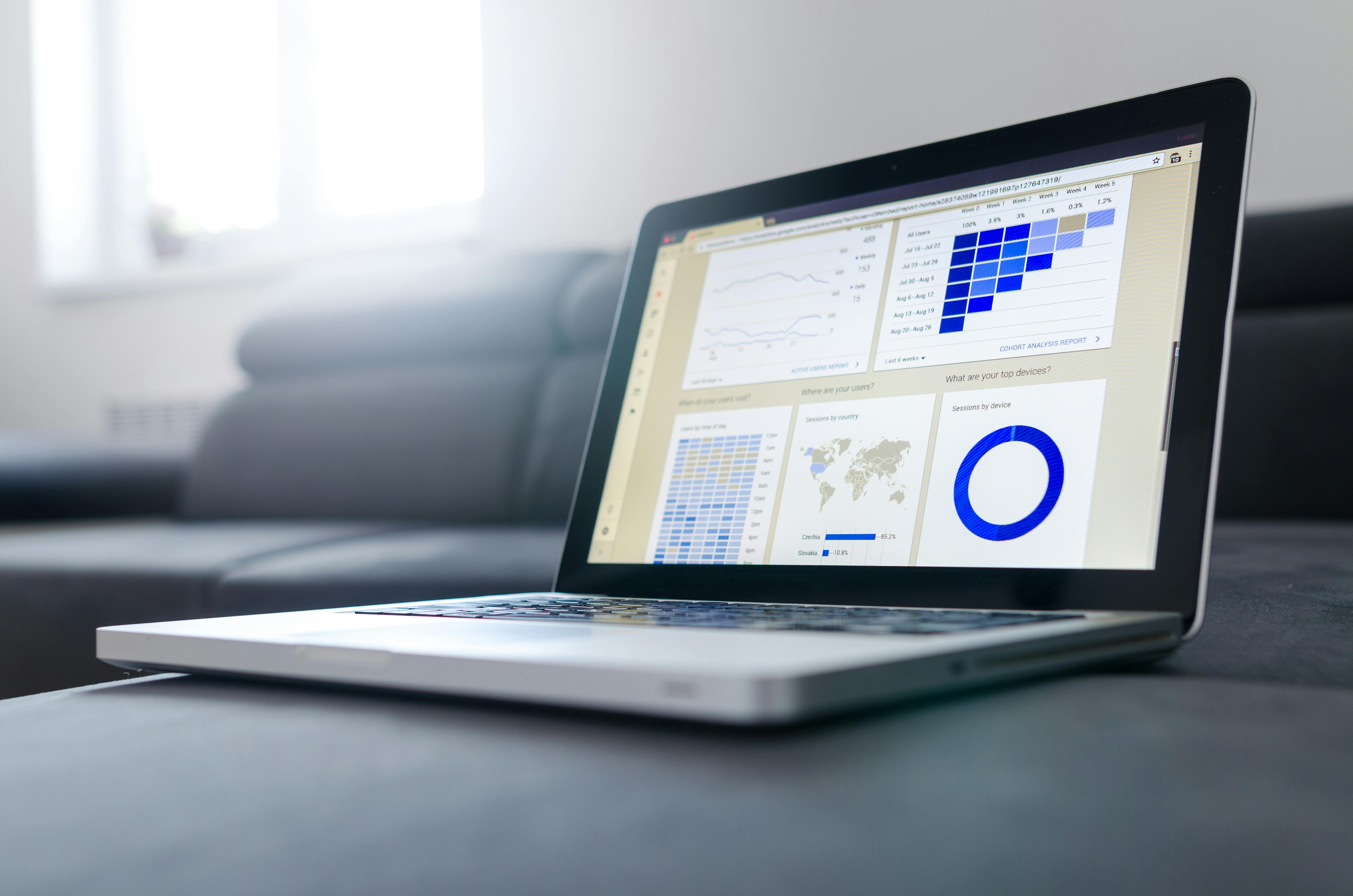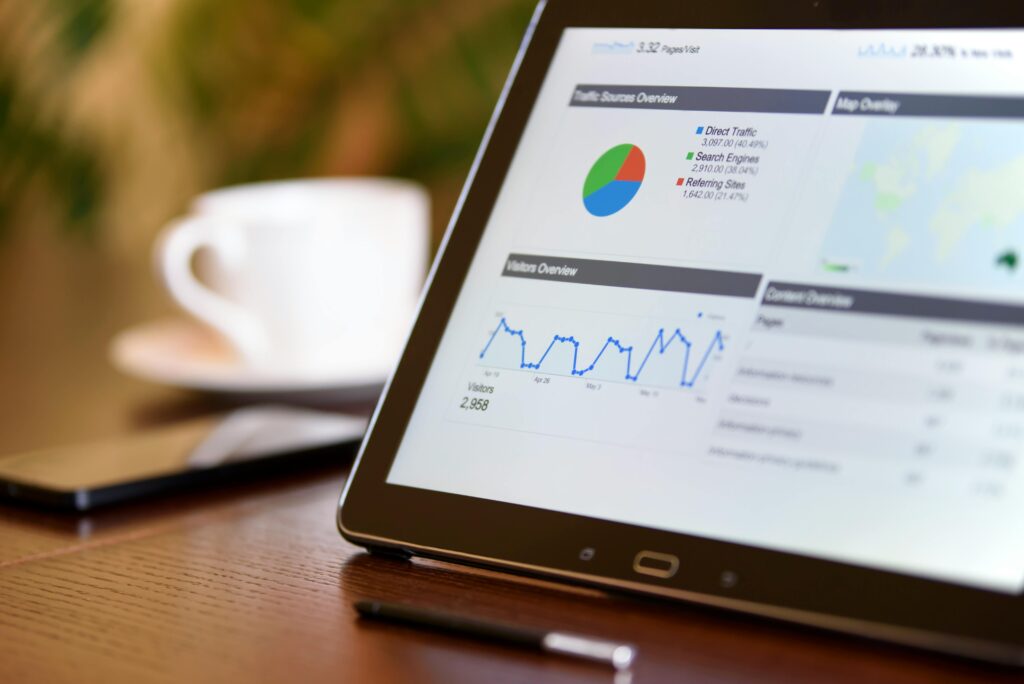
Predictive Analytics: Forecasting Sales Trends with Call Data
- calltrack.ai
- No Comments
In the fast-paced world of business, the ability to accurately forecast sales trends is a game-changer. Predictive analytics, powered by call data, is revolutionizing how companies anticipate market demands, optimize their strategies, and stay ahead of the competition. Delves into the transformative power of predictive analytics in sales forecasting, particularly through the lens of call data, and explores how businesses can harness this technology to drive growth and profitability.
Understanding Predictive Analytics
Predictive analytics involves using statistical techniques and machine learning algorithms to analyze historical data and make informed predictions about future events. In the context of sales, it means leveraging data to forecast future sales trends, customer behaviors, and market dynamics. By identifying patterns and correlations in past data, predictive analytics provides actionable insights that help businesses make proactive decisions.
The Role of Call Data in Predictive Analytics
Call data is a treasure trove of information that offers unique insights into customer behavior, preferences, and sentiments. Every phone call a business receives—from inquiries and complaints to feedback and sales negotiations—contains valuable data points that, when analyzed, can reveal significant trends and patterns.
Key Components of Call Data
- Call Volume: The number of calls received over a specific period can indicate the level of customer interest and engagement with a product or service.
- Call Duration: The length of each call can provide insights into customer satisfaction and the complexity of their inquiries.
- Call Outcomes: The results of calls, such as whether they led to a sale or required follow-up, are crucial for understanding conversion rates and sales effectiveness.
- Customer Sentiment: Analyzing the emotional tone of conversations can help gauge customer satisfaction and identify potential issues.
- Keywords and Phrases: The specific language used by customers during calls can highlight emerging trends and common concerns.
How Predictive Analytics Transforms Call Data into Sales Forecasts
Identifying Sales Trends
Predictive analytics can sift through vast amounts of call data to identify trends that are not immediately apparent. For instance, a spike in calls mentioning a particular product feature might indicate growing interest, suggesting a potential increase in sales for that product. By recognizing such patterns early, businesses can adjust their inventory, marketing efforts, and sales strategies accordingly.
Enhancing Customer Segmentation
Understanding which customer segments are most engaged through call interactions allows for more precise targeting. Predictive models can segment customers based on their call behaviors and predict which segments are likely to convert at higher rates. This targeted approach ensures that marketing efforts are directed towards the most promising leads, increasing efficiency and effectiveness.
Optimizing Marketing Campaigns
Call data can reveal the effectiveness of different marketing campaigns. Predictive analytics can correlate spikes in call volume with specific campaigns, identifying which strategies resonate most with customers. Businesses can then optimize their marketing spend, focusing on the campaigns that deliver the best returns.
Improving Sales Strategies
By analyzing call data, businesses can uncover the most effective sales techniques and approaches. Predictive models can determine which sales scripts, responses, or offers lead to higher conversion rates. This information enables sales teams to refine their strategies, increasing their chances of success in future interactions.
Forecasting Demand
One of the most powerful applications of predictive analytics is in demand forecasting. By analyzing historical call data and identifying patterns, businesses can predict future demand for their products or services. This helps in planning production, managing inventory, and ensuring that resources are allocated efficiently to meet anticipated demand.
Case Study: Predictive Analytics in Action
Consider a mid-sized e-commerce company that uses predictive analytics to forecast sales trends from call data. By integrating their call tracking system with predictive analytics tools, they can analyze thousands of customer interactions every month. Here’s how they do it:
Data Collection
The company collects call data, including call volume, duration, outcomes, and transcriptions of the conversations. This data is stored in a centralized database, ready for analysis.
Data Analysis
Using machine learning algorithms, the company analyzes this data to identify patterns and correlations. For instance, they might discover that calls mentioning “free shipping” correlate with higher conversion rates, suggesting that this offer is a strong sales driver.
Predictive Modeling
The company builds predictive models to forecast future sales trends based on identified patterns. These models take into account various factors, such as seasonality, marketing campaigns, and customer sentiment, to provide accurate sales forecasts.
Actionable Insights
The insights generated by the predictive models are used to inform business decisions. For example, if the model predicts a surge in demand for a particular product, the company can increase its inventory and adjust its marketing strategy to capitalize on this trend.
Continuous Improvement
The predictive models are continuously refined and improved as more data becomes available. This iterative process ensures that the forecasts remain accurate and reliable, helping the company stay ahead of market changes.

The Benefits of Predictive Analytics in Sales Forecasting
Increased Accuracy
Predictive analytics provides a data-driven approach to sales forecasting, reducing the reliance on intuition and guesswork. This leads to more accurate and reliable forecasts, enabling better business planning and decision-making.
Proactive Decision-Making
With predictive analytics, businesses can anticipate market trends and customer behaviors, allowing them to take proactive measures. This proactive approach helps in seizing opportunities and mitigating risks, ensuring sustained growth and profitability.
Enhanced Customer Experience
By understanding customer needs and preferences through call data analysis, businesses can tailor their offerings and interactions to meet customer expectations. This personalized approach enhances the overall customer experience, leading to increased satisfaction and loyalty.
Competitive Advantage
Businesses that leverage predictive analytics gain a competitive edge by staying ahead of market trends and making informed decisions. This agility and foresight enable them to outperform competitors and capture a larger market share.
Challenges and Considerations
Data Quality
The accuracy of predictive analytics depends heavily on the quality of the data. Businesses must ensure that their call data is accurate, complete, and up-to-date to generate reliable forecasts.
Integration
Integrating predictive analytics tools with existing systems can be complex and requires careful planning. Businesses need to ensure seamless integration to maximize the benefits of this technology.
Expertise
Implementing and managing predictive analytics requires specialized skills and expertise. Businesses may need to invest in training or hire data scientists to fully leverage the power of predictive analytics.
Privacy and Security
Handling call data involves managing sensitive customer information. Businesses must ensure compliance with data privacy regulations and implement robust security measures to protect customer data.
The Future of Predictive Analytics in Sales Forecasting
As AI and machine learning technologies continue to evolve, the potential of predictive analytics in sales forecasting will only grow. Future advancements are likely to include more sophisticated models, real-time analytics, and greater integration with other data sources, providing even deeper insights and more accurate forecasts.
Real-Time Analytics
Real-time analytics will enable businesses to make immediate adjustments based on the latest data, enhancing their agility and responsiveness to market changes.
Advanced Customer Insights
Future predictive models will provide even deeper insights into customer behavior, preferences, and motivations, allowing businesses to deliver highly personalized experiences.
Integration with IoT and Big Data
The integration of predictive analytics with the Internet of Things (IoT) and big data will provide a more comprehensive view of market dynamics, enabling more accurate and holistic sales forecasts.
Embracing Predictive Analytics for Sales Forecasting Success
Predictive analytics, powered by call data, is transforming the way businesses forecast sales trends and make strategic decisions. By harnessing the power of AI and machine learning, companies can turn raw call data into valuable insights, driving growth and profitability. As technology continues to advance, the potential of predictive analytics in sales forecasting will only expand, offering even greater opportunities for businesses to stay ahead of the curve and thrive in a competitive landscape. Embracing this powerful tool is not just an option but a necessity for businesses aiming to succeed in the modern marketplace.
